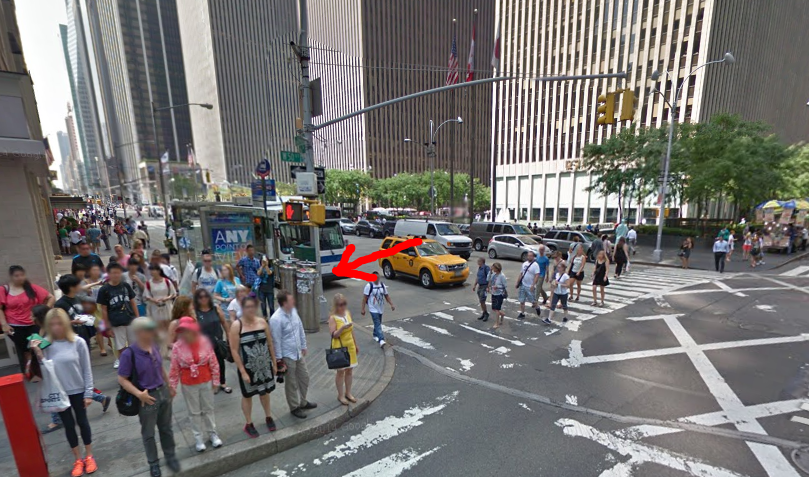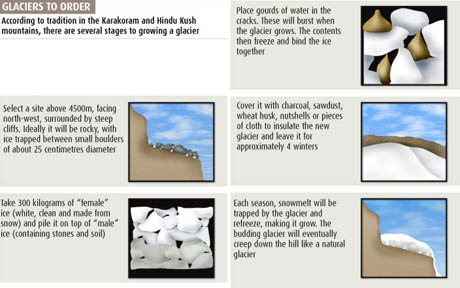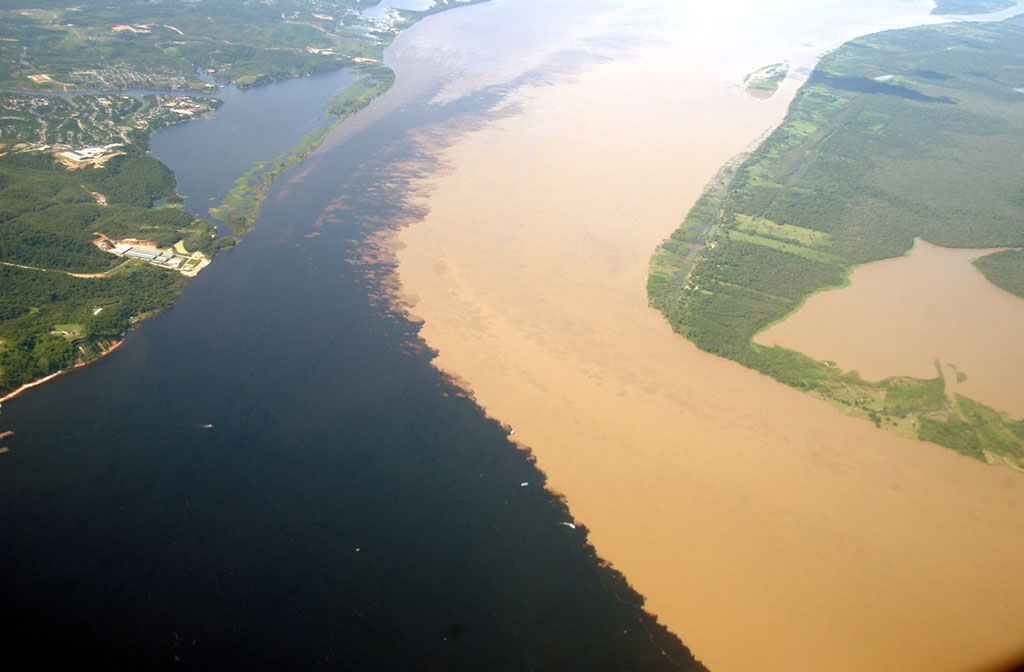For a whole semester I had not noticed a huge 5500 pound log in front of one of the buildings at college which I used to pass by everyday. Probably because trees are everywhere and to prevent me from getting overwhelmed with excess information, my subconscious chose to filter it out. Today, while parking my bike I did chose to give it a conscious look. There was a board by the log which mentioned what it was and it was clearly something that was worth displaying.
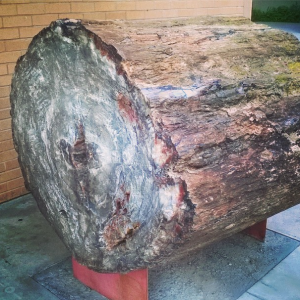 This thing I was looking at was a petrified wood specimen. Yes, a piece of wood that turned into rock several million years ago. It was 220 million years old. Elated, I posted its picture on my instagram. This is what it looks like.
This thing I was looking at was a petrified wood specimen. Yes, a piece of wood that turned into rock several million years ago. It was 220 million years old. Elated, I posted its picture on my instagram. This is what it looks like.
At first, not knowing how it must have formed, I thought it must be due to high pressures, like diamonds are formed. However after going through some text online I found out that the process by which these things are formed is very different from how gems like diamonds are formed.
Very specific conditions need to be met in order for a wood to turn into stone. It starts with a piece or a stump of dead tree getting engulfed with sediments or something else. This prevents it from coming in contact with the atmospheric oxygen. The cut off oxygen supply delays the decomposition of this log. So, now the log would take centuries before it is decomposed. It remains intact inside.
Now, if the wood comes in contact with mineral rich water or volcanic as (in ways that doesn’t burn the wood), the water starts soaking into it and starts replacing the organic matter with minerals. The whole log’s cell and fibre structure is preserved because all of this takes place at a microscopic scale. Over millions of years these minerals like silica crystallize and forms the petrified wood. The rate at which this whole process occurs is not very well known.
 If there’s just silica, they aren’t usually coloured. But if it gets infused with other element rich minerals like copper, cobalt, manganese etc, these woods can end up getting lined with beautiful colours. Other times silica can crystallize in different form an create an opal inside a wood. These make rare and beautiful gems like this one. [more pictures]
If there’s just silica, they aren’t usually coloured. But if it gets infused with other element rich minerals like copper, cobalt, manganese etc, these woods can end up getting lined with beautiful colours. Other times silica can crystallize in different form an create an opal inside a wood. These make rare and beautiful gems like this one. [more pictures]
Due to the crystals that are formed in it, these usually break with clean cuts and give it an appearance like the wood stem was cut using a chainsaw.
Petrified wood is not too rare. Often, you can find them strewn over rock formations. I would very much like to stumble over one some time. I still consider it precious because it’s millions of years of history sealed in wood. But then that can be said about every stone you come across. This however is something that happens when very special conditions come together.
Sometimes whole forests get petrified and among these some trees can remain standing. In such cases a standing petrified stump is a beauty to watch. Here’s a 15 million year old standing petrified wood caught on video.
Researchers have made instant petrified wood in laboratories too. For this, a few material scientists from Pacific Northwest National Laboratory cut a cube of wood and gave it an acid and silica bath a couple of times, air dried it and then cooked it for 2 hours in an argon filled furnace at 1400 degrees Celsius. [Link]
Petrified wood is often cut into little pieces, polished and used in lapidary work, or to make jewellery. Tabletops are made out of slabs cut out of huge logs.
[Ref 1] [Ref 2] [Ref 3]
 This thing I was looking at was a petrified wood specimen. Yes, a piece of wood that turned into rock several million years ago. It was 220 million years old. Elated, I posted its picture on
This thing I was looking at was a petrified wood specimen. Yes, a piece of wood that turned into rock several million years ago. It was 220 million years old. Elated, I posted its picture on  If there’s just silica, they aren’t usually coloured. But if it gets infused with other element rich minerals like copper, cobalt, manganese etc, these woods can end up getting lined with beautiful colours. Other times silica can crystallize in different form an
If there’s just silica, they aren’t usually coloured. But if it gets infused with other element rich minerals like copper, cobalt, manganese etc, these woods can end up getting lined with beautiful colours. Other times silica can crystallize in different form an 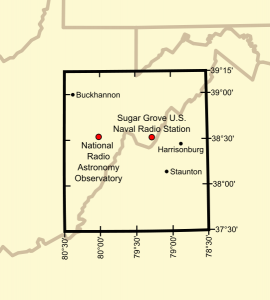 This 13,000 square miles of rectangular land, somewhere in the US, is the national radio quiet zone – or NRQZ.
This 13,000 square miles of rectangular land, somewhere in the US, is the national radio quiet zone – or NRQZ.